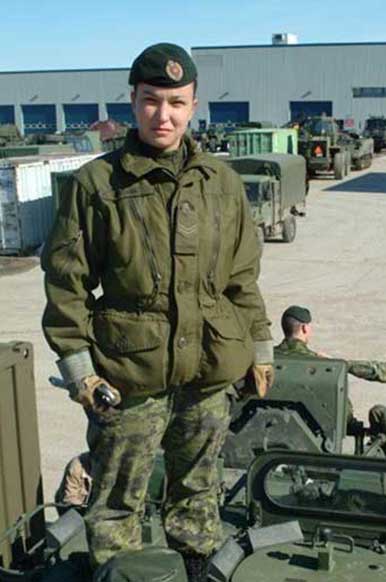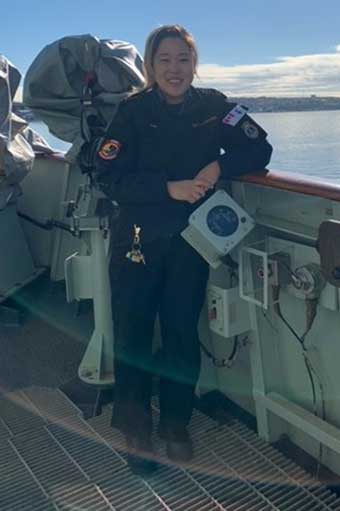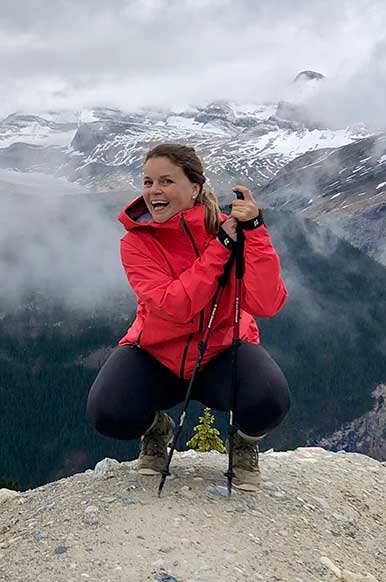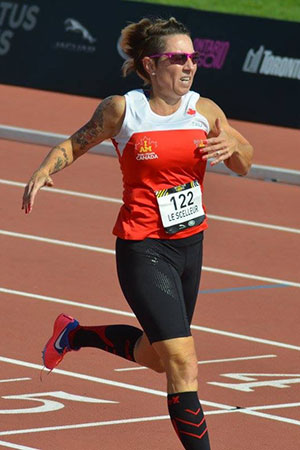Colonel (Ret’d) Gratien Lamontagne
When he was young, Gratien Lamontagne lived near the Canadian Forces Base (CFB) Bagotville and watched with fascination as planes manoeuvred overhead. This is mainly what inspired him to pursue a career in the Canadian Armed Forces (CAF).

Joined
1976
Postings
- 1979 : 12e Régiment blindé du Canada, Valcartier, QC
- 1984 : Gagetown, NB
- 1986 : Valcartier, QC
- 1991 : Toronto, ON
- 1994 : Montreal, QC
- 1996 : 12e Régiment blindé du Canada, Valcartier, QC
Deployments
- 1982 and 1989 : Exchanges with French Army
- 1998 : Central African Republic
Originally from a village near Roberval, Quebec, Gratien Lamontagne would occasionally attend the great air show at the CFB Bagotville. As soon as he turned 18, he went to the CAF recruiting centre in the hopes of becoming a pilot. Unfortunately, he had to give up his childhood dream because he wore glasses.
Still keen to join the military, he joined the CAF in 1976 through a direct entry program to become an Armoured Officer. “I have no regrets about the path I took. I loved it. I think serving in the military is always interesting, no matter what you do.”
Lamontagne spent the first two years after his training with the 12e Régiment blindé du Canada in Valcartier, near Quebec City.
In 1982, while still with the 12e Régiment, he had the opportunity to live in France for two years. “At the time, my Regiment had an exchange with a French Regiment—a reconnaissance Regiment in the army corps. A Canadian officer would be posted there for two years and a French officer would be here.” Grateful for this first experience, he returned to France from 1989 to 1991 on a second exchange.
After returning from France and being transferred domestically several times, he was posted to the heart of Africa. In 1998, a number of Canadian contingents left for Africa to support the United Nations Mission in the Central African Republic (MINURCA). Created to stabilize the country following a military coup, MINURCA was composed primarily of soldiers from the forces of neighbouring African countries. Lamontagne served as Commander of the Canadian contingent, which consisted of some 50 soldiers.
We operated in French and, what surprised me was that, despite our backgrounds, and even though we didn’t share the same military procedures, we connected.
Working behind the scenes, Canadian soldiers had to support the efforts of the African countries patrolling on the ground to ensure the security and free movement of the peacekeeping forces. Their job included operating radio transmissions for all military forces on site, and loading and unloading planes at the airport.

Colonel Lamontagne in uniform.
“I had had many opportunities to work with several members from other countries, including within NATO, but I’d never had the chance to work with African troops. We operated in French and, what surprised me was that, despite our backgrounds, and even though we didn’t share the same military procedures, we connected. We worked toward a common goal: fulfilling our mission.”
The part that was perhaps the most dangerous for us were diseases and the heat.
When he arrived, the situation was already relatively stable and the facilities for military members were well set up. However, the environment was very unfamiliar to the Canadians. “The part that was perhaps the most dangerous for us were diseases and the heat. There were ants that could give us burns. It was unbelievable.”
When the situation in the Central African Republic stabilized in October 1999, the MINURCA ended. Lamontagne decided to retire from the Regular Force that year, shortly after he returned from his stay in Africa. He continued serving in the CAF Reserve Force until full retirement in 2011.
With courage, loyalty and integrity, Gratien Lamontagne has left his mark. He’s one of our Canadian Veterans. Discover more stories.
You can also listen to his Faces of Freedom Podcast episode.
- Date modified:















